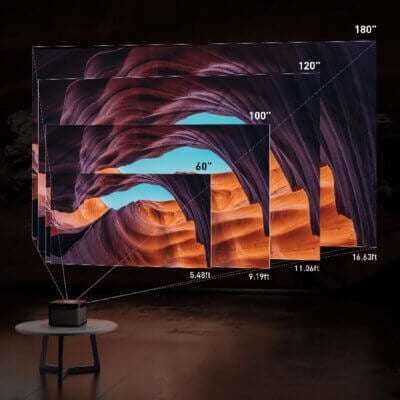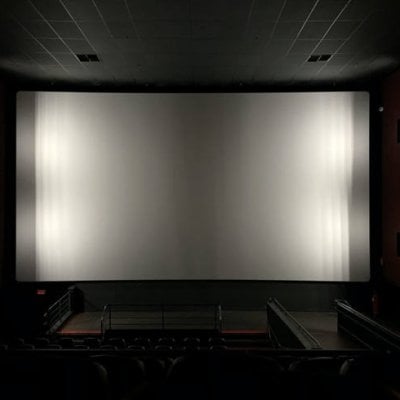Many projector fans know that ALR screen can improve the image effect of projectors. This article will tell you the working mechanism of this kind of screen.
What is ALR Screen?
ALR screen stands for Ambient Light Rejecting screen.

Compared with the traditional projection screen, the ALR screen has many advantages. The prominent advantage is to improve the image effect under strong ambient light, making it possible to use a projector when opening the curtain during the day and opening the light at night.
How ALR Screen Works?
ALR Screen uses optical coatings and physical structures to resist light. It not only absorbs ambient light around but also controls the incoming light of the projector to reflect to the human eyes’ view area, reducing greatly the projection light scattering into the space as possible, which greatly improves the light energy use efficiency.

Our eyes can receive more projection light energy by means of this screen. With less ambient light interference, the color, brightness, and contrast ratio of projection images are improved.

The traditional projection screen is basically a common white screen, that is, a diffusing screen (including white walls). It depends on the projector to project light on it and then imaging, which is a passive imaging material. In the case of a front projection, the images we normally see on the screen are the images formed by light reflecting off the retina in our eyes.

The light projected by the projector is actually a kind of energy, which is light energy. In the diffusing screen, the light projected onto it will diffuse 180° into space. But our eyes can get less than 1% of the projection light, which is a big waste of projector light energy!

That is why the ALR screen is so much better than the normal diffusing screen.




